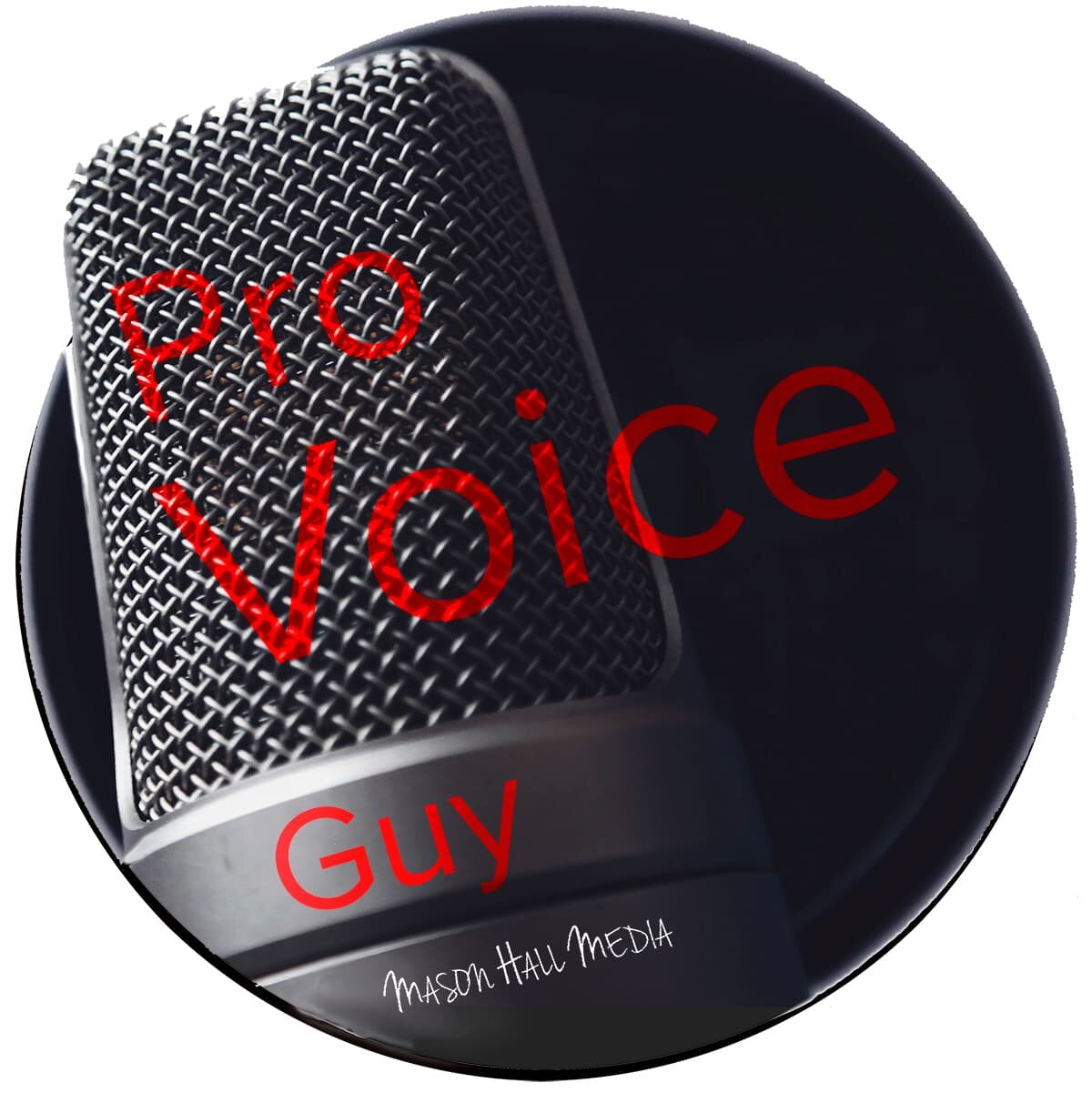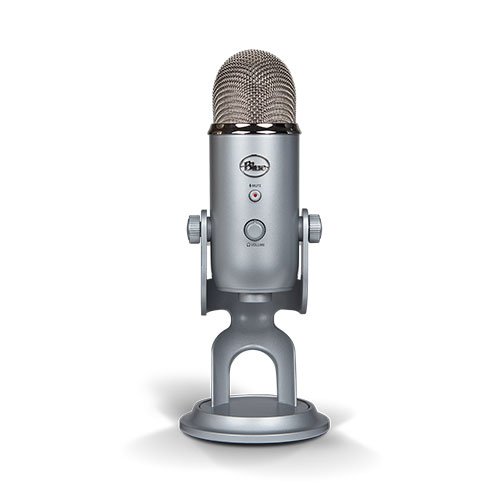Starting Your Own Podcast #1 The Microphone
If you are thinking of starting your own podcast, good for you! It won't take long to get yourself or your organization up and running. Before you get started, you will need to get a few things in place: a microphone, software for recording and editing, and a place to host your podcast. Once you have all of that ready, there are a few best practices to help you sound great. Today, I will cover one of the most essential things for a great podcast, your microphone.
Even if you have great content, great software, and a great host, your podcast won't sound great if you don't start out with a high-quality microphone. Fortunately, professional quality microphones are within reach for even the most cash-strapped podcasters.
For the purpose of this post, I am going to be focusing on USB microphones. This assumes that you are using your computer to record your audio. There are other options. There are standalone recorders that take analog microphones via 1/8" or XLR inputs. Some podcasters choose to upgrade to a professional microphone and use a Digital Audio Converter (DAC) to convert the audio. I am not going to go into those here but may pick that topic up in a future post.
Here are some of the options. For each one, I will provide a photo, a brief description, and an audio sample.
Please note, if you purchase one of the products below through the links provided, I may get a small commission. Honestly, it is not much, but legally and ethically, I need to tell you.
My Favorite Mic for Starting Your Own Podcast - The Blue Yeti
As someone who had the privilege of working on some iconic microphones (including the industry standard ElectroVoice RE20), I still amazed by the sound quality of this offering from Blue. Some audiophile will likely leave a comment explaining why these are no good and I should throw mine out, but I use this thing day in and day out and it always produces surprisingly good results.
The Yeti is actually three microphones in one. With three onboard condenser capsules, you can select the pickup pattern. That means you can set it to only record the sound coming from directly in front (great for one voice), the sound coming from the front and back (great for interviews), or the sound for all directions (great for recording music or multiple voices.)
One of my favorite features is the built in 3.5mm headphone jack. This allows you to plug in headphones and monitor your audio in real time without any delay often found with recording software.
Check out the sound. In each of these I am providing one version with raw audio (no processing added) and another version with some compression added in Adobe Premiere.
Blue Yeti - $129.00 - amazon.com
What I Use For Everything Other than Voice Work - The Blue Snowball
I still can't believe that you can pick one of these up for around $50. I also see them at pawn shops for half that. While it doesn't have quite the depth and clarity of the Blue Yeti, honestly, most people will never know the difference. This sits on my desk and I use it constantly for video conferences, YouTube videos, and quick voiceovers. It is also super portable so it goes in my bag when I am on the road.
It lacks the multiple pickup patterns of the Yeti as well as the 3.5mm headphone jack. However, if you don't need those features, this is a great mic. If you are just starting your own podcast, this is a great place to start.
Take a listen to the audio demo. See if you can see the difference.
Blue Snowball - $49.00 - amazon.com
Borrowed From My Son's Room - The CAD GXL2400 USB Microphone
My son got this microphone for his YouTube channel, gaming, video chats, and whatever else he needs audio for. It has a ton of 5-star reviews on Amazon so I thought I would test it out. I have to to admit, for another $50 microphone, it sounds pretty amazing. It looks like a far more expensive mic and, surprisingly, I believe it outperformed by Blue Snowball. Give it a listen for yourself.
CAD GXL2400 USB Microphone - $49.99 - amazon.com
Those are just three of the multitude of inexpensive USB microphones on the market. In a future post, I will fire up the the digital audio convertor and let you hear the difference between these and some professional studio microphones.
In the meantime, check out my podcast here. It is all about starting your own podcast!
If you are looking for a professional intro for your podcast, I can help. Check out my professionally voiced and produced podcast intros starting at $10.
If you want to check out some of the equipment I used in my own studio or write about on this blog, you can read more here.




